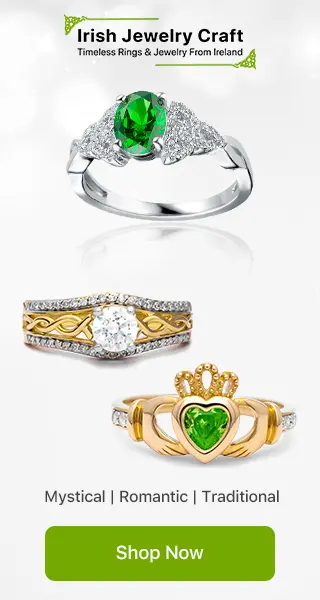Naked combat, iron swords, and hurling insults at the opposition like there’s no tomorrow, the warriors of Celtic Europe were truly amongst the most fearsome and distinctly gruesome fighters of the ancient world. Celtic warriors were known for their fierce bravery in battle, and would often incite violence as a means to acquire power, land, prestige, wealth, or simply vengeance.
The profile of a Celtic warrior is a truly complex and elaborate discussion that some historians and academics have and continue to dedicate their whole lives to. In this article we are going to examine certain aspects of Celtic warrior culture including their appearance, their armour/weaponry, and their tactics in battle.
A Striking Appearance
Celtic warriors were known for their tall stature, long hair and untamed moustaches, and fondness for body paint and tattoos. As mentioned above, many of them entered battle completely naked, a group that Roman writers referred to as ‘gaestae’.
The reason behind the naked combat you ask? This is a question that has divided writers and scholars for centuries. Many believe it was a demonstration of extreme confidence, while others argue it would have been used as a scare tactic to frighten and perplex the enemy.
Of course not all Celtic warriors embraced naked combat. Many wore breeches, tunics, and cloaks with unmistakable checkerboard pattern. Interestingly, these cloaks would act as a precursor to what we know today as tartan, an iconic symbol of Irish and particularly Scottish culture.
As discussed in previous articles, the Ancient Celts were very fond of their jewellery. Warriors of a higher status wore gold, iron, and bronze pieces around their wrists and necks as a symbol of power and hierarchy. It was not uncommon for Celtic warriors to collect and wear the jewellery of their enemies as a trophy of their victory.
Savage Shields and Warring Weaponry
The shields that Celtic warriors used in battle were quite large, rectangular or oval in shape, and made of wood with metal buckles. Believe it or not it was only the more experienced and higher status warriors that wore body armour. The majority of lower ranked combating Celts had little more than a shield and sword.
Those lucky enough to have body armour wore breastplates or a chainmail vest made of either leather, metal, or in some cases a stiffened organic material. Their helmets were largely made of bronze or iron. While many were embellished with horns or feathers, a Celtic warrior helmet in its most basic form resembles a modern day baseball cap.
Metalwork was a bit of a speciality in Ancient Celtic culture. This made the forging of durable and effective weapons a bit of a strong suit. High status Celtic warriors brandished carefully crafted iron swords. These were often decorated in gold, silver, and stones or glass. Other weapons in the Celtic arsenal included spears and lances, bow and arrows, and wide daggers for close combat.
Tactically Minded
The battle tactics employed by the Ancient Celts began before the combat even began. Celtic warriors were known to hurl insults and trash-talk their enemies to unnerve and enrage them in equal measure.
It might surprise you that despite their reputation of being barbaric savages, the Celts did not do battle as a giant disorganised mob. In fact, they were often grouped into specific tribes with established roles and warrior hierarchy that made frequent victories all the more probable.
The life and times of a Celtic warrior is not something that can be fully explored in a single article. However, we hope this has offered a strong initial insight into Celtic combat.


